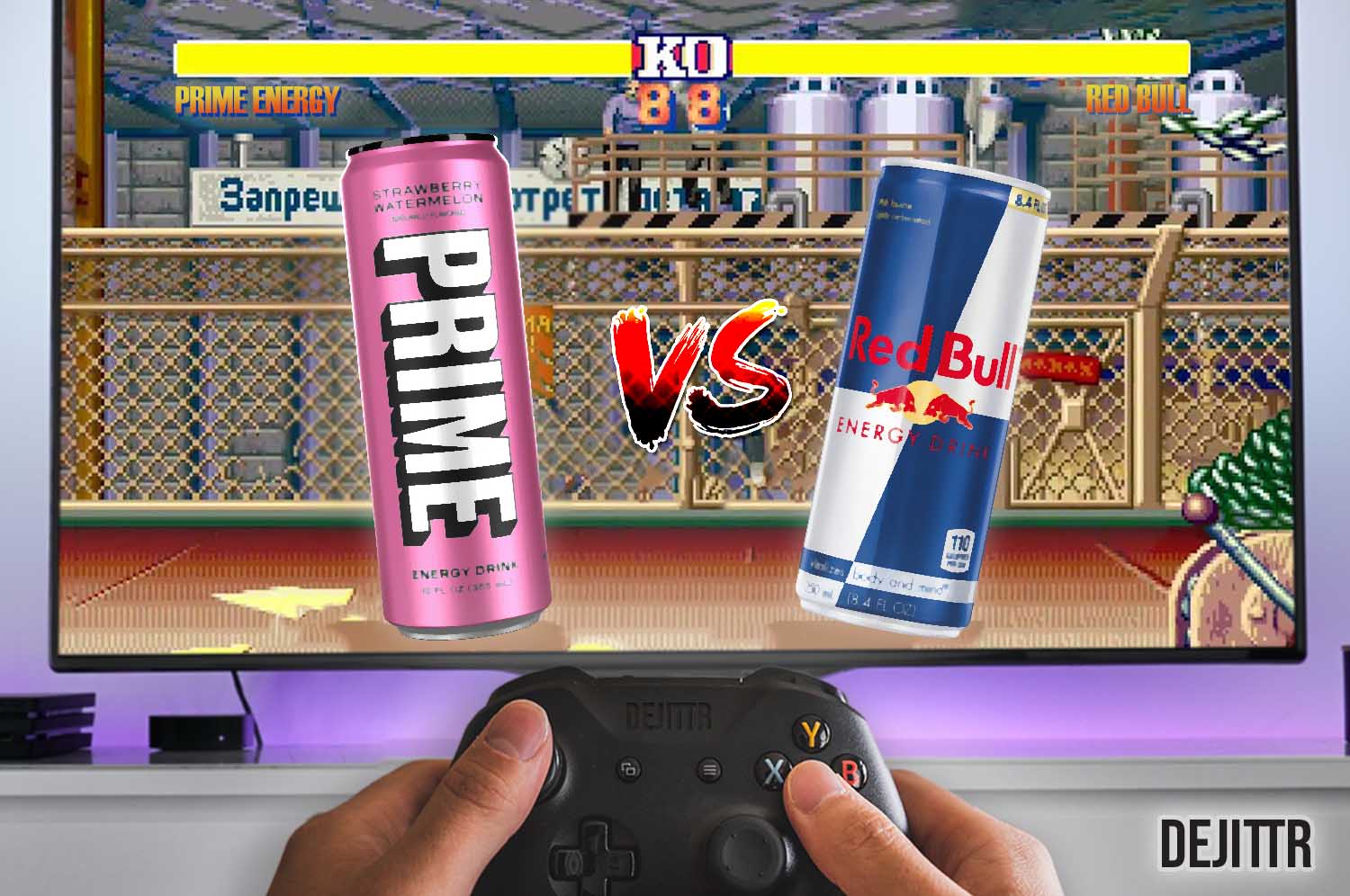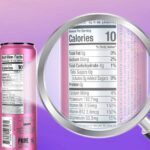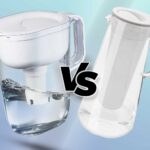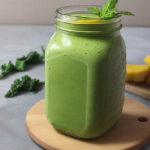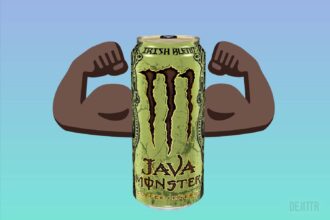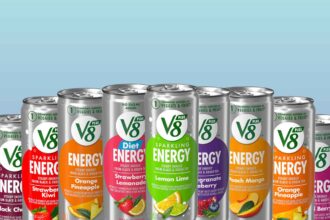Ever found yourself in the drink aisle, Prime Energy in one hand, Red Bull in the other, feeling like you’re on a game show? “Which one today?” you muse. It’s the classic duel: the new kid on the block versus the OG of energy drinks.
Before you play “eeny, meeny, miny, moe,” let’s sift through the hype and get to the heart of the matter. Ready for a no-nonsense deep dive? Let’s pop the tab on this bubbly debate. ??
Key Takeaways:
Prime Energy is a newer, low-calorie beverage with no sugar and a higher caffeine content than Red Bull. It’s another option for those looking to avoid too much sugar while still getting an energy boost. On the other hand, Red Bull is better suited for those who want more carbohydrates and lower amounts of caffeine.
So, join us as we break down the pros and cons of each energy drink and more.
| Comparison | Prime Energy | Red Bull |
| Founded | 2023 | 1987 |
| Founders | Logan Paul and KSI, Congo Brands | Dietrich Mateschitz |
| Can Size | 12 oz | 12 oz (also comes in 8 & 16 oz) |
| Calories | 10 | 160 |
| Sugar | 0 g | 38 g |
| Caffeine | 200 mg | 114 mg |
| Electrolytes | 300 mg | 150 mg |
Prime Energy – A Brief Overview
Logan Paul and KSI have certainly caused quite a stir with the release of their new sports drink, Prime Hydration, and they’re back at it again with their latest addition, Prime Energy.
Similar to Prime Hydration, the Prime Energy drink has followed the same trajectory in terms of interest.
New Prime Energy Drink Hype
In recent news, resellers of the new energy drink have been marking up the price to as much as £1,200.00 GBP ($1,465.55 USD) for a case of 12, and £100.00 GBP ($122.13 USD) for each can.
TikTok video of a woman buying a case of 12 Prime Energy drinks for £1,200.00.
TikTok video of a couple buying three cans of Prime Energy drinks for £100.00 each.
Once the hype train leaves the station, there is nothing anyone can do about it. Some might classify this as predatory or taking advantage.
If there is demand for a product, and customers are willing to pay, there is nothing more, I can say. It’s simple supply and demand. Low supply + high demand = high rate of return (aka people losing their minds).
If you truly want to neutralize resellers, you have to increase the supply.
Prime is a sugar-free, vegan drink that packs a powerful punch. The drink is packed with 200mg of caffeine, 300mg of electrolytes, and no added sugar.
As of writing this, the Energy Drink is available in these flavors:
- Blue Raspberry
- Lemon Lime
- Tropical Punch
- Strawberry Watermelon (Popular)
- Orange Mango
What’s In Prime Energy?
- Caffeine
- Magnesium Sulfate
- Sodium Citrate
- Sucralose
- Potassium Chloride
- Vitamin B
- Vitamin B12
- Calcium
- Tree Nut Coconut
- Carbon filtered water
- Coconut water from concentrate
- Citric Acid
- Natural Flavor
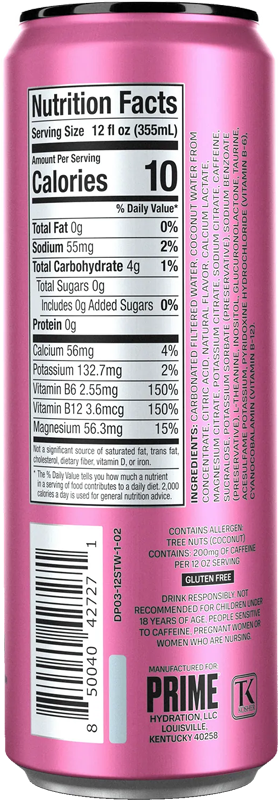
If you’re looking for a deep dive into Prime Energy’s ingredient list and how they affect you, lucky for you, I’ve written an article about it called Prime Energy Drink Ingredient Analysis [What’s In It?].

Gaming Service You Didn’t Know You Needed! (Learn more here)
Prime Energy Pros
Prime Energy offers several key advantages over other energy drinks on the market.
No sugar:
One of the most notable benefits is that it is completely sugar-free. With many energy drinks containing large amounts of sugar, this makes Prime Energy a decent alternative for those looking to boost their energy levels without consuming large amounts of sugar. However, most major energy drink brands have sugar-free options as well.
Low calories:
Additionally, Prime Energy is low in calories, with a 12-ounce can having only 10 calories. This makes it a great option for those who are trying to maintain a healthy diet.
High electrolytes:
Prime Energy is high electrolyte content. Electrolytes are essential minerals that help to regulate the body’s fluids and support the proper functioning of various bodily systems, including the muscles and the heart.
When you consume Prime Energy, you’ll be replenishing your body with important electrolytes, which can help improve physical performance and endurance.
Notable caffeine content:
Finally, Prime Energy contains a significant amount of caffeine. It has 86 g more caffeine than a similar sized 12 FL oz can of Red Bull, and 34 g more caffeine than a larger 16 FL oz can of Monster.
Although caffeine content can help to improve mental focus, boost energy levels, and reduce fatigue, I find the level of caffeine a bit concerning.
The FDA states 400 mg of caffeine per day, is generally considered safe for healthy adults. Since Prime Energy contains 200 mg per can, drinking 2 cans will bring you up to that 400 mg threshold.
As some with a busy schedule and avid coffee and energy drink consumer, I can see how someone can easily exceed 400 mg of caffeine in a day.
One might think Prime Energy is just like any other energy drink out there, but the caffeine content says otherwise.
Other known brands with high caffeine content:
300 mg of caffeine in a 16 FL OZ Can of G Fuel
300 mg caffeine in a 16 FL OZ Can of Bang Energy
Vegan-friendly:
Prime Energy also offers other advantages that set it apart from other energy drinks. One such advantage is that it is vegan, meaning it contains no animal-derived ingredients. This makes it a suitable option for people who follow a vegan lifestyle.
Recommended read: is Prime Energy Halal?
Available in many flavors:
Another important advantage of Prime Energy is its variety of flavors. The energy drink comes in five delicious flavors: Blue Raspberry, Lemon Lime, Tropical Punch, Strawberry Watermelon, and Orange Mango. This variety allows you to choose a flavor that you enjoy, making it more likely that you’ll stick with the drink and continue to use it as a source of energy.
Prime Energy Cons
Contains Artificial Sweetener:
Prime Energy is an energy drink that does not contain sugar, but it does contain artificial sweeteners.
Artificial sweeteners are a type of sweetener that is made in a lab and added to food and drinks to make them taste sweet without adding calories. Some of the common artificial sweeteners used in food and drink products are aspartame, sucralose, and acesulfame potassium.
The use ofIt’sificial sweeteners in Prime Energy can be considered a disadvantage because they are controversial ingredients.
Some studies suggest that they can have negative effects on health. Although they are generally considered safe by most health experts, some people may still be concerned about the use of artificial sweeteners and want to avoid them.
It is also worth noting that, Some people may not like the taste of artificial sweeteners and prefer the taste of natural sweeteners.
It is important to note that using artificial sweeteners in Prime Energy is intended to make it taste sweet without adding sugar.
Also, it is important to be aware that the artificial sweetener – sucralose – present in Prime Energy, is regarded as safe for human consumption by FDA.
Red Bull – A Brief Overview
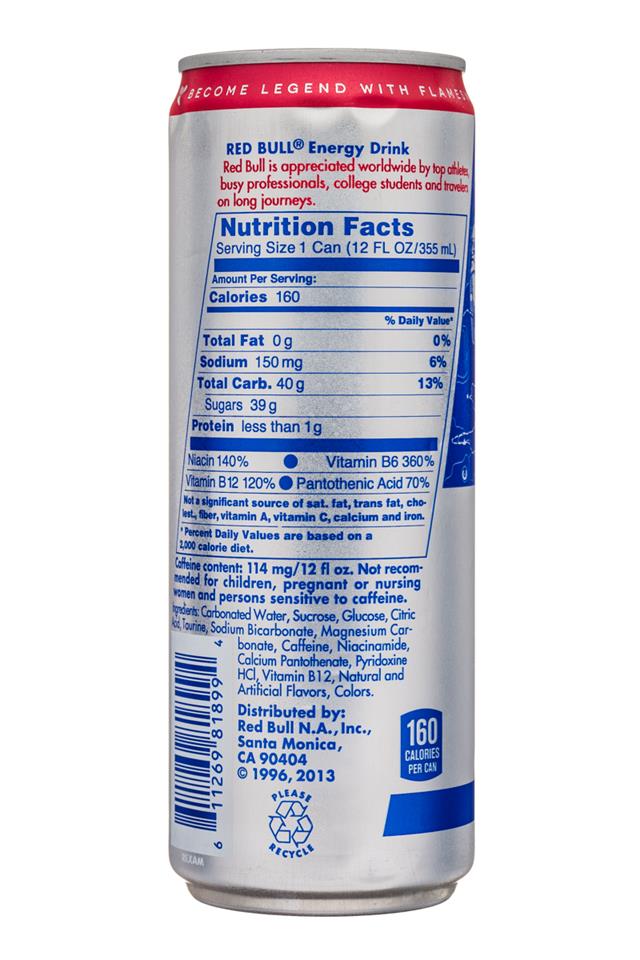
Red Bull is a popular energy drink, consumed by millions of people around the world. It’s a carbonated, non-alcoholic beverage made with taurine, caffeine, B vitamins, and other natural ingredients.
Red Bull promises to give its consumers more energy and improve focus, making it popular among athletes and students. The drink has a distinctive flavor and comes in a variety of sizes, from 8.4 ounces to 16 ounces.
What’s In Red Bull?
- Citric Acid
- Magnesium Carbonate
- Caffeine
- Natural and Artificial Flavors
- Glucose
- Niacinamide
- Colors
- Vitamin B12
- Carbonated Water
- Pyridoxine HCI
- Taurine
- Calcium Pantothenate
- Sodium Bicarbonate
- Sucrose
Red Bull Pros
A well-trusted brand:
Red Bull is a trusted and world-renowned brand in the Energy Drink space since 1987. If you are looking to try a product from a well-reputed brand, Red Bull is the right choice.
Contains less caffeine than Prime Energy:
Although Red Bull is still a high-caffeine drink, its caffeine quantity is relatively lower than Prime Energy. This can be especially helpful for those who are concerned about caffeine levels in energy drinks.
Related Read: Do Energy Drinks Taste Good Without Caffeine?
Red Bull Cons
Sugar content and high calories:
The only main downside of Red Bull is its sugar content and high calories. One 12-ounce Red Bull can contain 160 calories which are quite high compared to the prime Energy drink.
Prime Energy vs. Red Bull: Marketing and Brand Awareness
Why is marketing and brand awareness even important? You might be reading this article for the ingredient analysis or several other things. One of the primary reasons you’ve found this article and are drinking Red Bull, and Prime is because of Brand Awareness.
If you didn’t know about it, you wouldn’t buy it. So Brand Awareness plays an important role for consumers. However, Just because you know about it, does that make it a good product?
Red Bull: Brand Awareness
Red Bull markets its energy drink primarily through event sponsorships, extreme sports, and viral marketing campaigns. They sponsor a wide range of events and athletes, such as motocross, snowboarding, and skateboarding, to align the brand with an active and adventurous lifestyle.
Red Bull also creates viral marketing campaigns, such as their “Red Bull Stratos” campaign, in which a man skydived from the stratosphere, breaking the world record for the highest skydive. Additionally, Red Bull also uses traditional advertising methods such as television commercials and magazine advertisements.
Prime Energy: Brand Awareness
However, Logan Paul and KSI are two well-known social media personalities with large followings that came together with Congo Brands to showcase this new Energy drink.
They leverage their large audience in ways that are most common to the influencer space.
Influencers use a variety of strategies to market products, such as creating content where they review or unbox a product, creating sponsored posts that feature a product and include a special discount code, hosting giveaways, incorporating a product into regular content, hosting events, collaborating with other influencers and brands, creating their own product lines, curating and reselling products from other brands.
Each influencer is unique and may use different strategies to promote products, but these are some of the most common strategies influencers use.
Prime Energy vs. Red Bull: User Consensus
In general, the users are happy with the newly released Prime Energy. Some express that the ingredients of the drink aren’t bad and they really like the taste.
Some users highlight that the taste of the drink is very similar to Prime hydration. In general, the reviews are quite positive, and users seem to give it a rating of 8 – 8.5 out of 10.
The consensus among Red Bull energy drink users is generally positive, with many praising the drink for its ability to provide a quick and effective energy boost.
Users also appreciate the different flavors offered by Red Bull. Although not all the user opinions are positive, overall, Red Bull has developed a good fan following among users.
Prime Energy vs. Red Bull: Final Verdict
In summary, an option like Prime Energy Drink would be a better choice if you want an energy drink with fewer calories and no sugar. On the other hand, if you prefer an energy drink with more carbohydrates and relatively lower caffeine levels, Red Bull could be a viable option.


